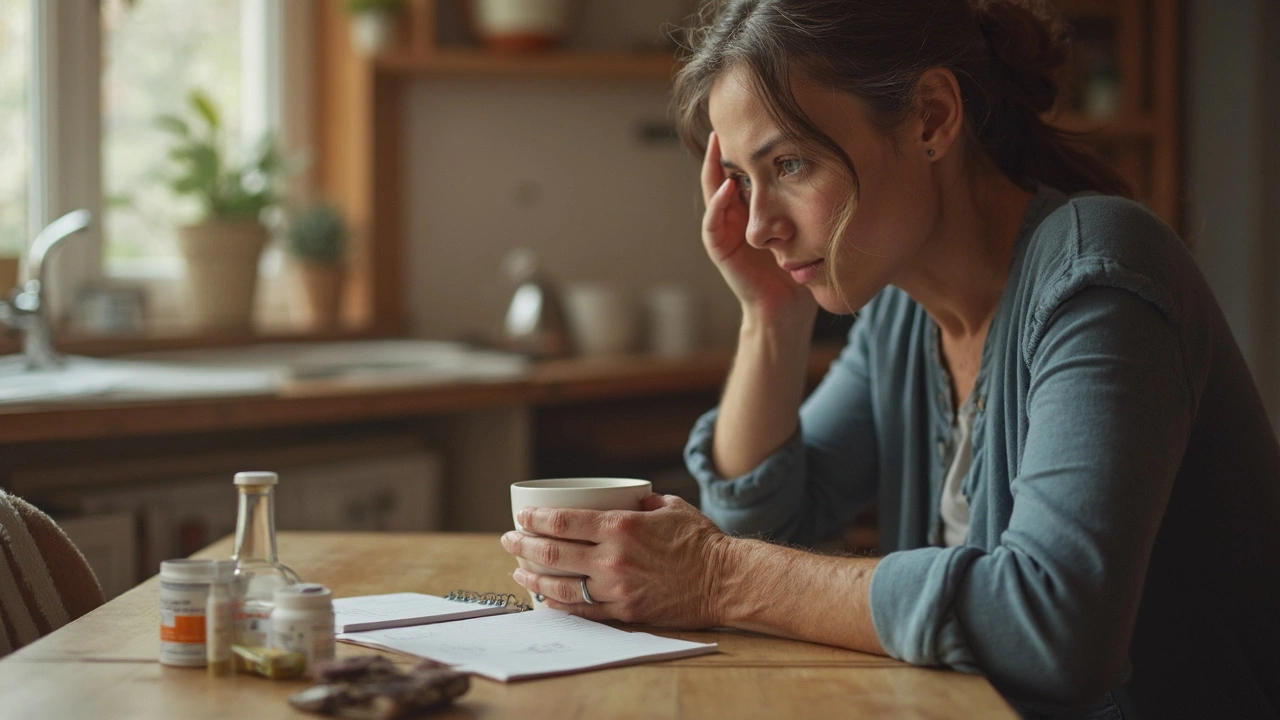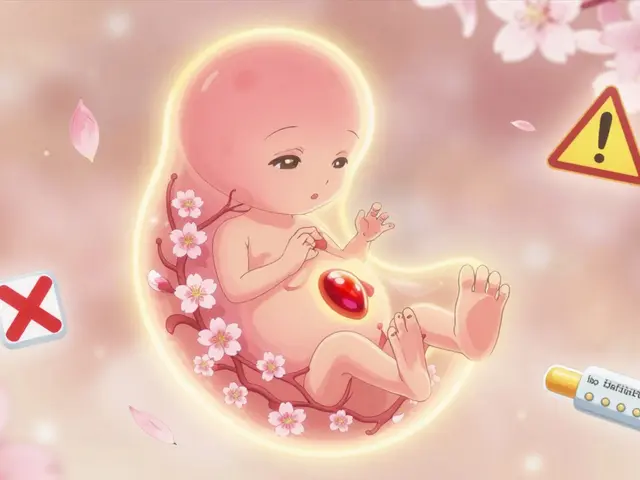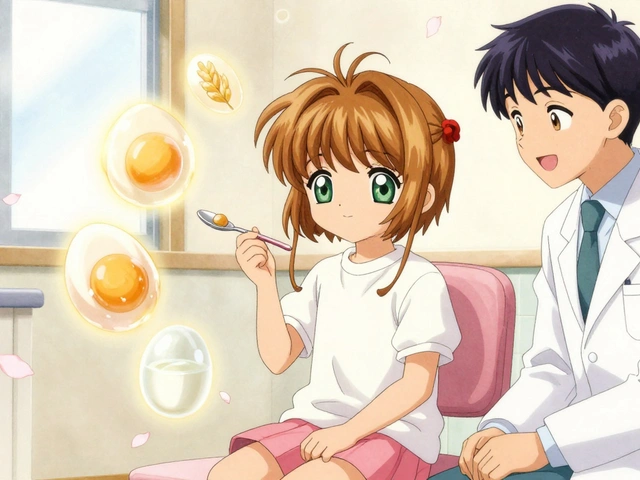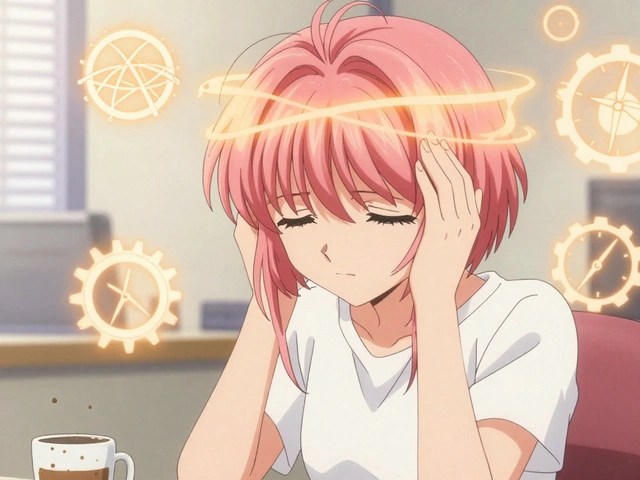Blood pressure medication
Doesn't need to be scary. If you've been told your blood pressure is high, medications can lower risk and help you feel better. This guide explains common drug types, how to take them safely, side effects to watch for, and quick practical tips to make treatment work for you.
There are five main classes doctors prescribe. Thiazide diuretics like hydrochlorothiazide reduce fluid and help the heart pump easier. ACE inhibitors such as lisinopril relax blood vessels and often help people with diabetes or early kidney issues. ARBs, for example losartan, work like ACE inhibitors but usually cause less cough. Calcium channel blockers such as amlodipine relax blood vessels and slow the heart when needed. Beta-blockers like metoprolol lower heart rate and are useful when you have heart disease or certain arrhythmias. Each class lowers blood pressure in a different way, so your doctor picks what fits your health and other medications.
Side effects are common but often manageable. Diuretics can make you pee more and affect potassium levels. ACE inhibitors may cause a dry cough or lightheadedness. ARBs can cause dizziness. Calcium channel blockers can cause swelling in the ankles. Beta-blockers may make you feel tired or cold in your hands. If a side effect bothers you, talk to your doctor—we can usually switch to a different class.
How to take your meds so they work: take them at the same time every day, link them to a daily habit like brushing your teeth, and use a pillbox or phone reminder. Never stop a blood pressure medicine suddenly without discussing it with your doctor—stopping quickly can raise blood pressure and cause symptoms like palpitations or chest pain.
Watch for dangerous signs: very high blood pressure with severe headache, chest pain, shortness of breath, confusion, or fainting—get emergency care. If you have swelling of the face, lips, or throat after a new drug, seek immediate help—this can be a rare allergic reaction.
Lifestyle helps and sometimes reduces the number of drugs you need. Eat more vegetables, cut back on salt, lose weight if you need to, limit alcohol, and get regular movement. These steps work together with medications.
If you buy medicines online, stick to licensed pharmacies, check reviews, and ensure a prescription is required when appropriate. Be wary of sites that sell prescription drugs without asking for a prescription.
Ask your doctor or pharmacist about interactions with other drugs, supplements, or herbal products—some combinations can raise potassium or dangerously lower blood pressure. Regular home monitoring with an arm cuff and periodic lab tests like kidney function and electrolytes keep treatment safe.
If you feel lost, bring a list of your medicines to appointments, write down questions, and consider involving a family member. Managing blood pressure is a team effort and small consistent steps add up fast.
Keep a simple record of readings and medications, share them with your provider, and ask about combining drugs when one pill isn't enough—combo therapy can work well for many people today.
Nifedipine and Fatigue: Simple Tips to Boost Your Energy Everyday
Struggling with tiredness while taking nifedipine? Many folks using this blood pressure medication feel wiped out and wonder why their energy disappears. This guide breaks down why nifedipine causes fatigue, shares must-know facts, and gives realistic, actionable tips for getting some pep back in your step. Find out what actually works, backed by science and real-world experiences. Learn how to tweak your routine, what habits help, and when it’s time to call your doctor about your tiredness.






